Equality and Diversity
| Site: | OpenLearn Create |
| Course: | Aiming Higher for the Disabled Community: Induction and Training |
| Book: | Equality and Diversity |
| Printed by: | Guest user |
| Date: | Saturday, 22 November 2025, 7:49 AM |
1. Blackpool Statistics
Please play the video below. You may pause it at any time if you need more time to read the text or view the charts.
Statistics.2. The Law
The law that covers equality and diversity is the Equality Act 2010. The legislation can be viewed on the gov.uk website here. This link will open in a new window.
Before 2010 there were three different pieces of legislation:
- Sex Discrimination Act 1975
- Race Relations Act 1976
- Disability Discrimination Act 1995
If you wish to make a complaint pertaining to an incident(s) prior to 1st October 2010, any complaints or court proceedings will follow the three pieces of legislation detailed above. I the incident(s) occurred on or after 1st October 2010, the complaint will be handled according to the Equality Act 2010, as will any court proceedings. More information regarding this is available on the gov.uk website here. This link will open in a new window.
3. The Equality Act 2010
The Equality Act 2010 is 'an Act to make provision to require Ministers of the Crown and others when making strategic decisions about the exercise of their functions to have regard to the desirability of reducing socio-economic inequalities; to reform and harmonise equality law and restate the greater part of the enactments relating to discrimination and harassment related to certain personal characteristics; to enable certain employers to be required to publish information about the differences in pay between male and female employees; to prohibit victimisation in certain circumstances; to require the exercise of certain functions to be with regard to the need to eliminate discrimination and other prohibited conduct; to enable duties to be imposed in relation to the exercise of public procurement functions; to increase equality of opportunity; to amend the law relating to rights and responsibilities in family relationships; and for connected purposes.' (Gov.uk, 2023)
Please read on to find out more.
4. Discrimination
Discrimination is 'treating a person or particular group of people differently, especially in a worse way from the way in which you treat other people, because of their race, gender, sexuality, etc.' (Cambridge Dictionary, 2023)
Aiming Higher promotes equality, and operates and Equal Opportunities policy, which can be accessed by all employees on our OneDrive area. Volunteers and students can gain a copy from the administrator, resources officer or line manager.
5. The Protected Characteristics
Protected characteristics are personal traits that are protected by law and cannot be used as a reason to discriminate against someone. There are 9 protected characteristics outlined in the Equality Act 2010. These are:
age;
disability;
gender reassignment;
marriage and civil partnership;
pregnancy and maternity;
race;
religion or belief;
sex;
sexual orientation.
5.1. Age
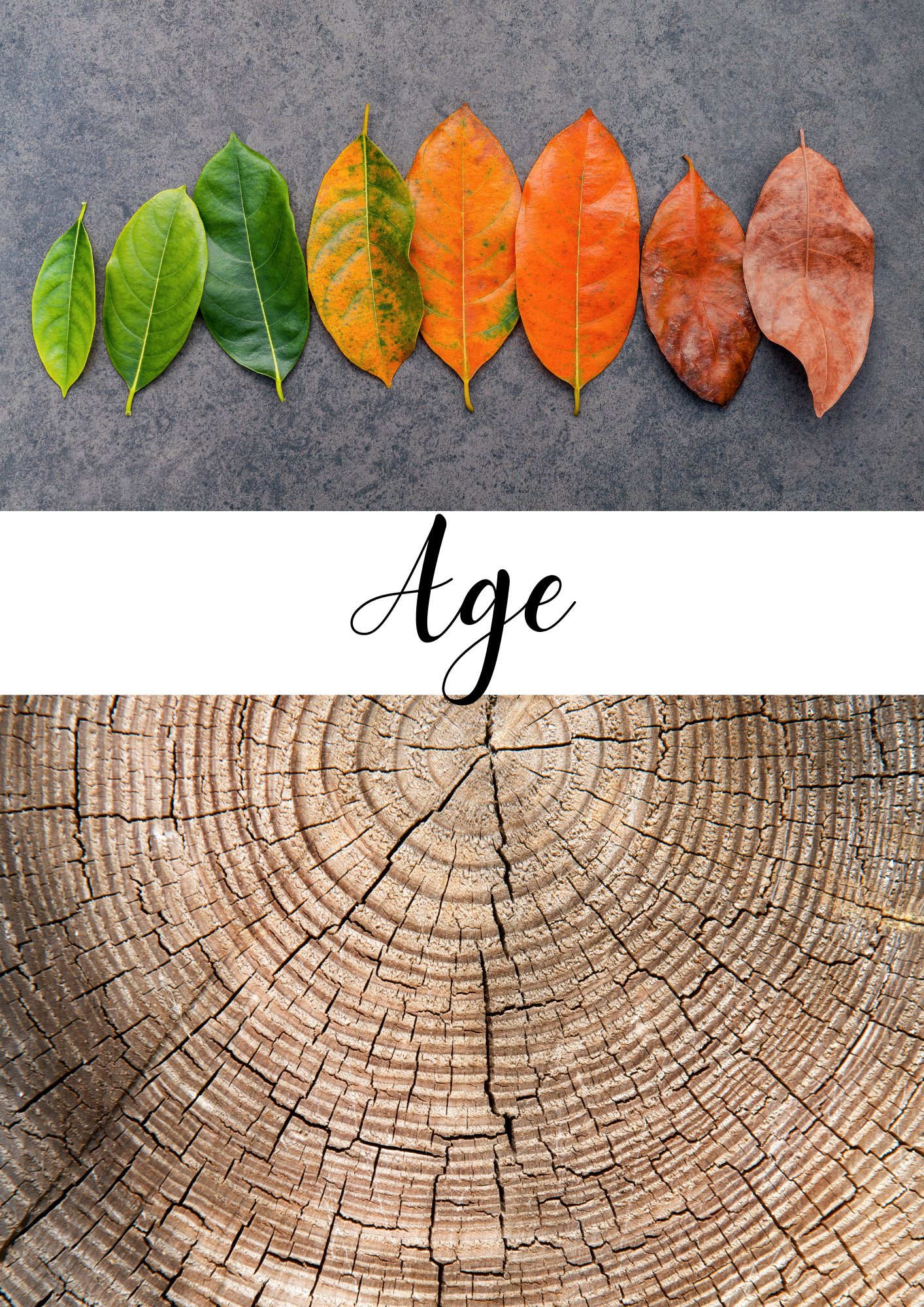
The Equality Act 2010 says that you must not be discriminated against because:
- You are (or are not) a certain age or in a certain age group.
- Someone thinks you are (or are not) a specific age or age group; this is known as discrimination by perception.
- You are connected to someone of a specific age or age group; this is known as discrimination by association.
(Blackpool Council, 2024)
An age group can be quite specific, such as someone who is in their late 20's, or quite broad, such as over 60's. Specific terms can also indicate a specific age group, such as young person or pensioner for example.5.2. Disability
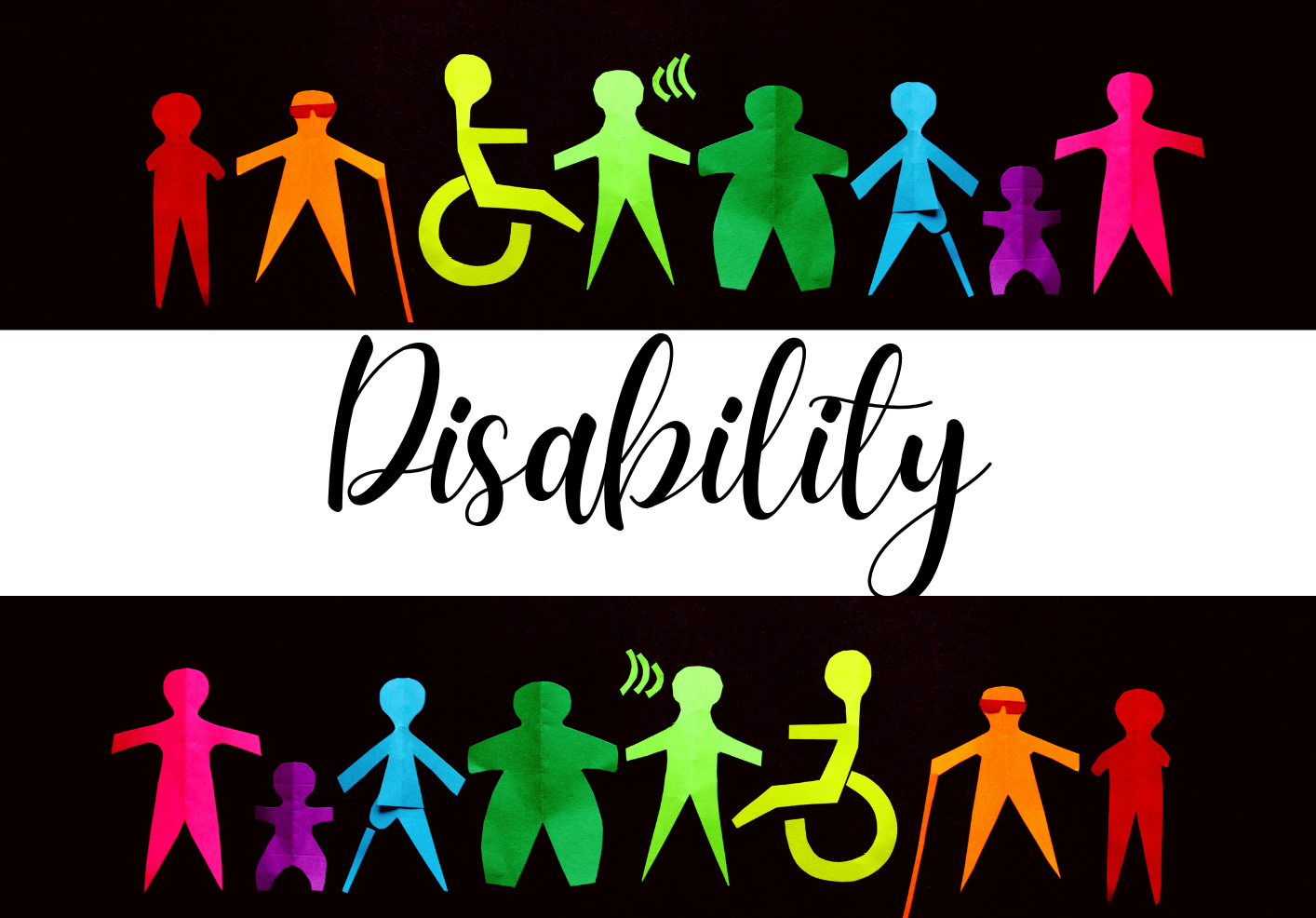
"It is unlawful to discriminate against disabled people in a number of areas including: employment, access to goods and services, education and transport."
"You’re disabled under the Equality Act 2010 if you have a physical or mental impairment that has a ‘substantial’ and ‘long-term’ negative effect on your ability to do normal daily activities."
"What do ‘substantial’ and ‘long-term’ mean?
‘Substantial’ is more than minor or trivial, e.g. it takes much longer than it usually would to complete a daily task like getting dressed ‘Long-term’ means 12 months or more, e.g. a breathing condition that develops as a result of a lung infection."
"Progressive conditions:
A progressive condition is one that gets worse over time. People with progressive conditions can be classed as disabled.
However, you automatically meet the disability definition under the Equality Act 2010 from the day you’re diagnosed with HIV infection, cancer or multiple sclerosis."
"What isn’t counted as a disability:
Addiction to non–prescribed drugs or alcohol are excepted from the legal protections of disability."
(Blackpool Council, 2024)
5.3. Gender Reassignment
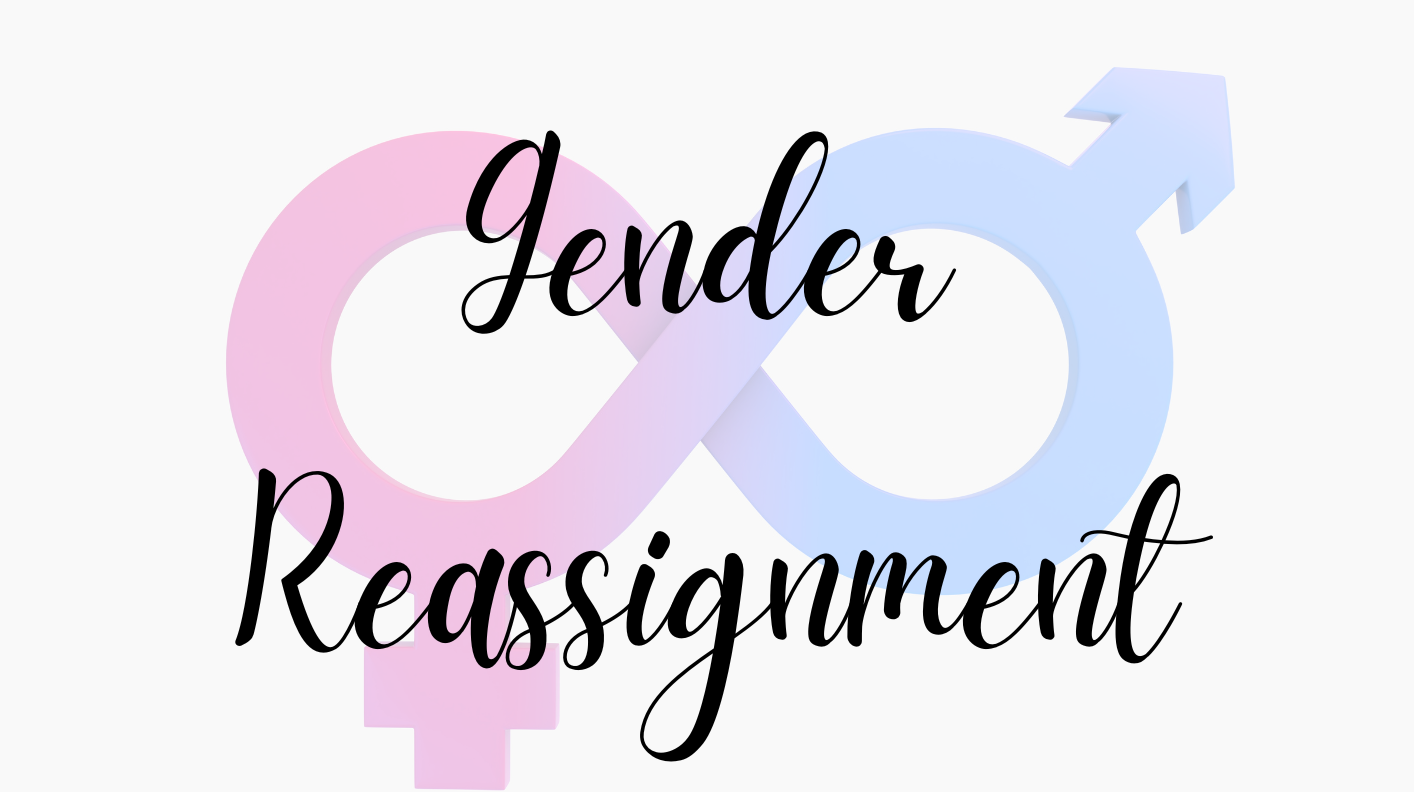
The term 'Trans' is often used as an umbrella term for people whose gender identity and/or gender expression differs from their birth sex, including transsexual people (those who intend to undergo, are undergoing or have undergone a process of gender reassignment to live permanently in their acquired gender) androgyne/polygender people (those who have non‐binary gender identities and do not identify as male or female), and others who define as gender variant.
The Gender Recognition Act 2004 gives Trans people full legal recognition of change of gender. It enables them to live in their chosen gender and to apply for legal recognition of that gender. It also allows for a Trans person who has lived in their self‐identified gender for at least 2 years, and who has a diagnosis of gender dysphoria (transsexualism), to obtain legal recognition of their gender for all purposes.
The Equality Act 2010 now imposes a duty on all public bodies to eliminate unlawful discrimination and promote equality of opportunity with regard to those who intend to undergo, are undergoing or have undergone a process of gender reassignment.
(Blackpool Council, 2024)
5.4. Sexual Orientation
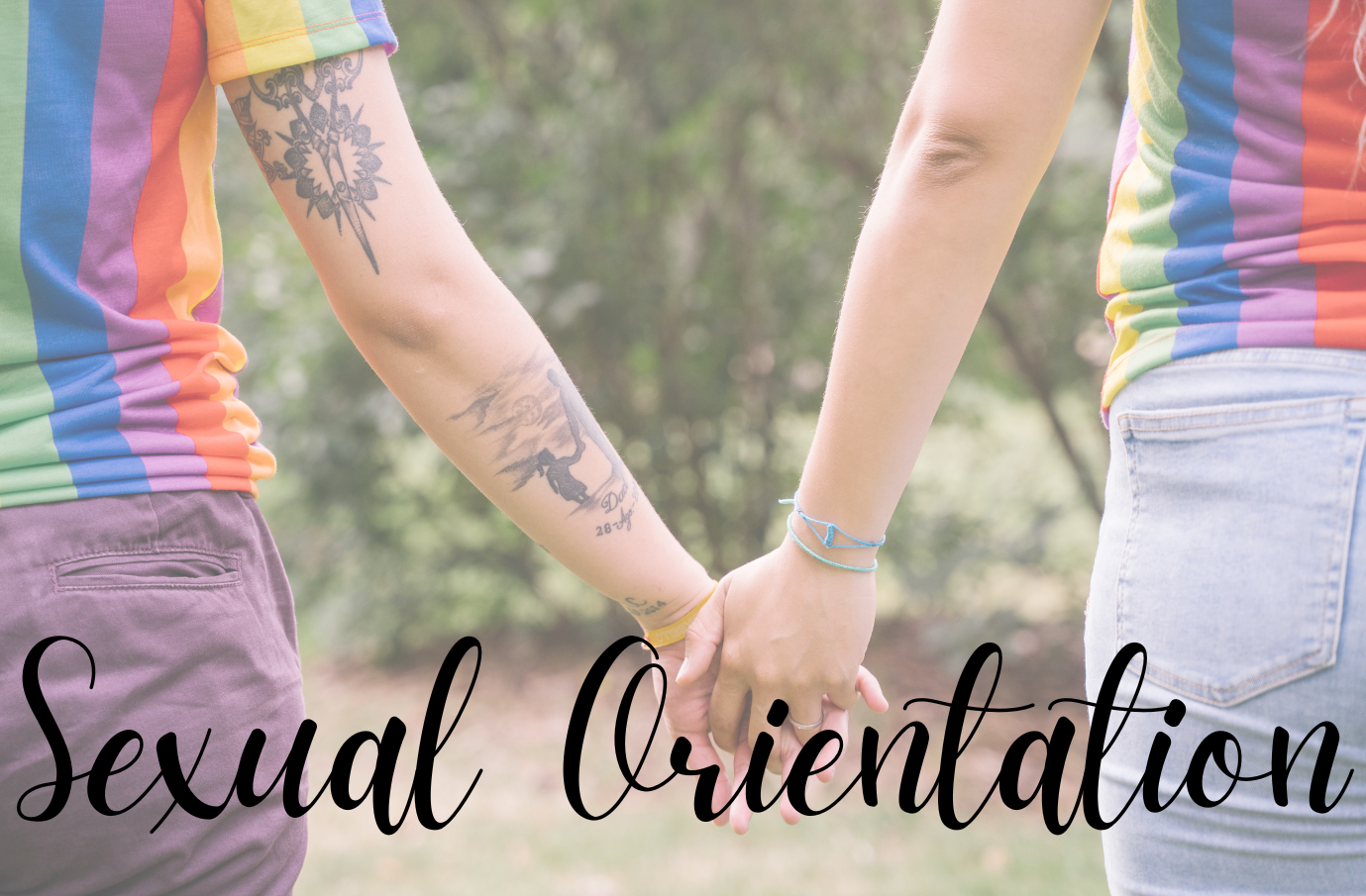
The law makes it unlawful to discriminate on the grounds of sexuality (gay or lesbian, heterosexual, bisexual), directly or indirectly; or to harass or victimise somebody because they have made a complaint or intend to, or if they give or intend to give evidence to a complaint of discrimination. This applies to all aspects of employment (recruitment, terms and conditions, promotions, transfers, terminations and training) and vocational training.
These provisions also cover goods and services and are now contained within the Equality Act 2010 which now imposes a duty on all public bodies to eliminate unlawful discrimination and promote equality of opportunity with regard to all the protected characteristics
(Blackpool Council, 2024)
5.5. Race
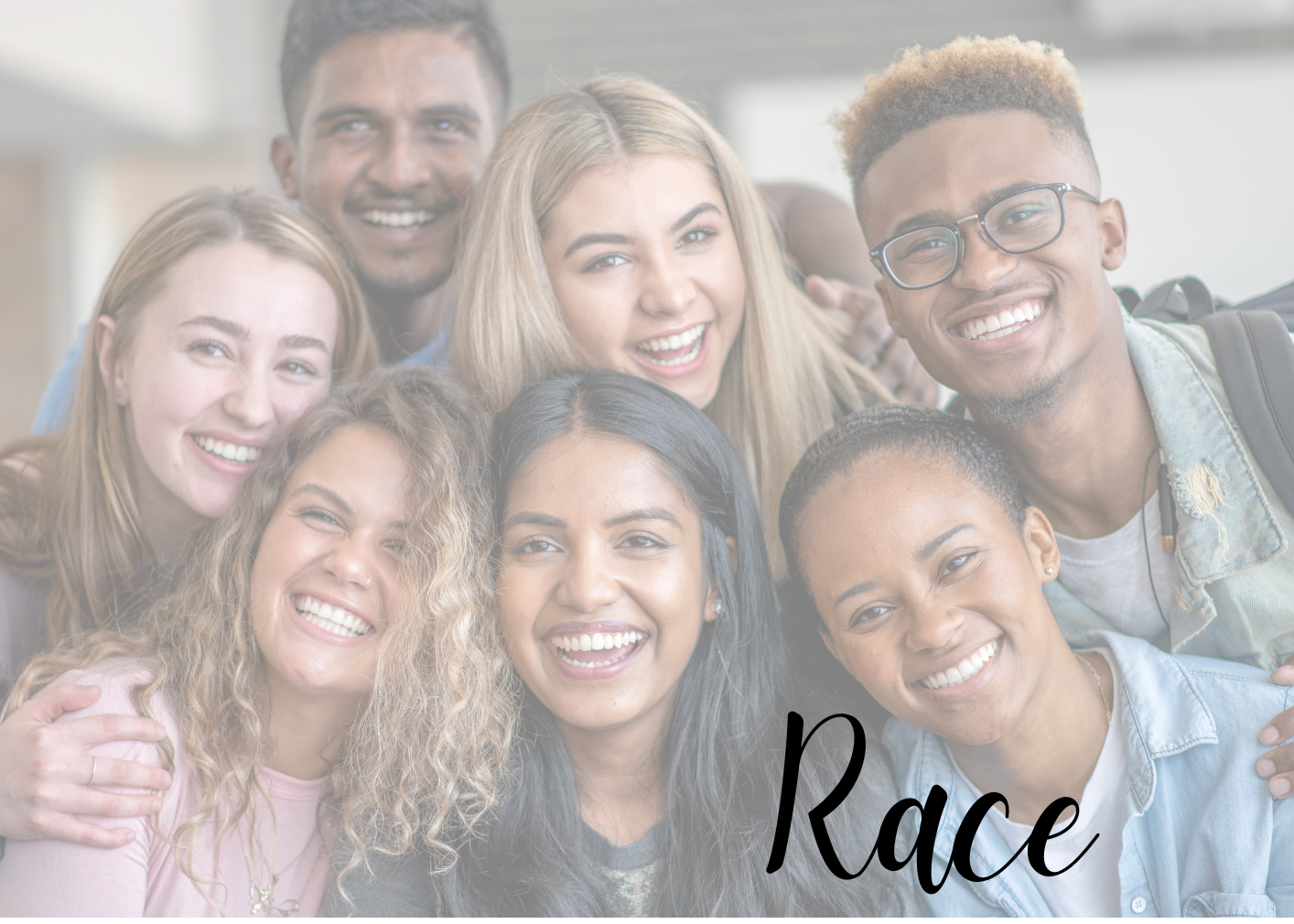
Race can mean your colour, or your nationality (including your citizenship). It can also mean your ethnic or national origins, which may not be the same as your current nationality. For example, you may have Chinese national origins and be living in Britain with a British passport.
Race also covers ethnic and racial groups. This means a group of people who all share the same protected characteristic of ethnicity or race. A racial group can be made up of two or more distinct racial groups, for example black Britons, British Asians, British Sikhs, British Jews, Romany Gypsies and Irish Travellers.
Employers are required to promote race equality with due regard to the need to:
- Eliminate unlawful discrimination;
- Promote equality of opportunity; and
- Promote good relations between people of different racial groups.
(Blackpool Council, 2024)
5.6. Religion or Belief
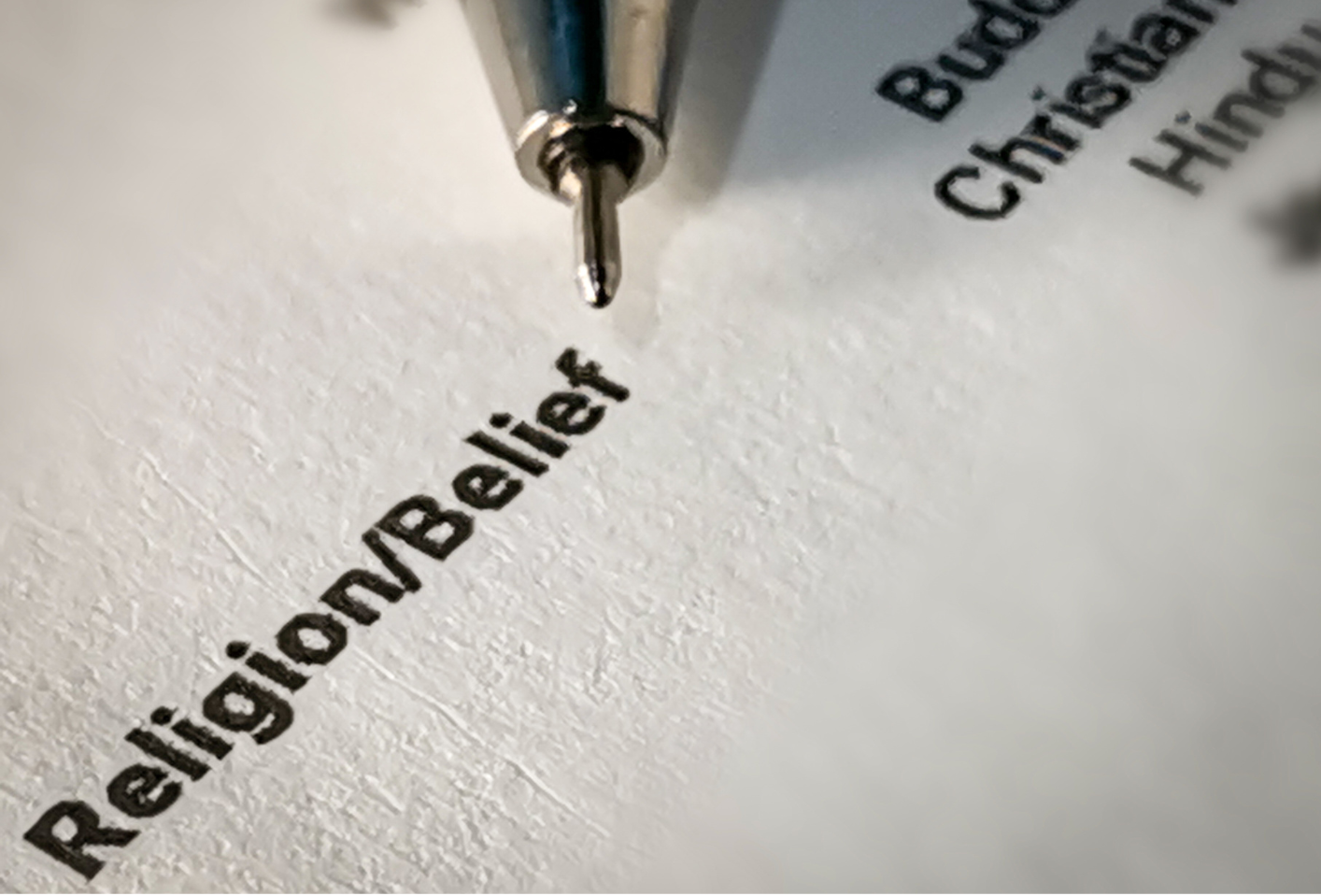
The law makes it unlawful to discriminate on the grounds of religion or belief, directly or indirectly; or to harass or victimise somebody because they have made a complaint or intend to, or if they give or intend to give evidence to a complaint of discrimination. This applies to all aspects of employment (recruitment, terms and conditions, promotions, transfers, terminations and training) and vocational training.
This also includes providing goods, facilities or services.
For example:
- Refusing to provide a person with goods, facilities or services if they would normally do so to the public, or to a section of the public to which the person belongs; and
- Providing goods, facilities or services of an inferior quality to those that would normally by provided, or in a less favourable manner or on less favourable terms than would normally be the case.
What is a religion is not defined by the Equality Act. However, in line with the European Convention on Human Rights and Britain’s Equality and Human Rights, it is accepted that:
- A religion must have a clear structure and belief system.
- A clearly-structured denomination or sect within a religion can be covered.
- Employees without a religious faith, as well as those with a faith, can be protected against discrimination. For example, someone who is not a Hindu would be protected against discrimination because they are not a Hindu.
(Blackpool Council, 2024)
5.7. Sex discrimination
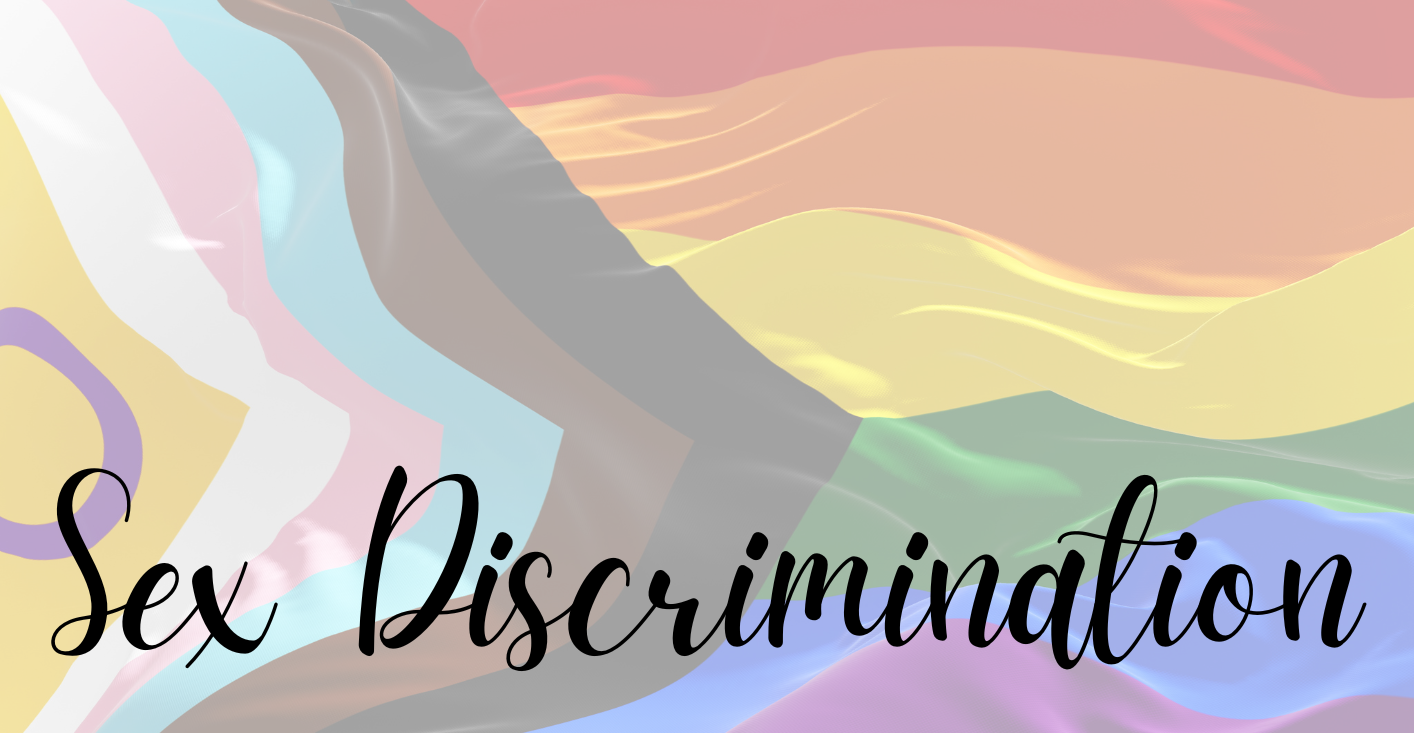
The Equality Act makes it clear you must not be discriminated against because:
- You are (or are not) a particular sex
- Someone thinks you are the opposite sex (this is known as discrimination by perception)
- You are connected to someone of a particular sex (this is known as discrimination by association)
In the Equality Act, sex can mean either male or female, or a group of people like men or boys, or women or girls.
(Blackpool Council, 2024)
5.8. Pregnancy, Maternity and Breastfeeding

This is a new Protected Characteristic under the Equality Act 2010. Historically, discrimination on the basis of pregnancy & maternity has been prohibited by the Sex Discrimination Act 1975 in relation to employment and the provision of goods, facilities and services.
However, these provisions are now contained within the Equality Act 2010 which now imposes a duty on all public bodies to eliminate unlawful discrimination and promote equality of opportunity with regard to all the protected characteristics.
(Blackpool Council, 2024)
6. Victimisation, Bullying and Harassment
Fig 1: Bullying and Harassment explanation (gov.uk, no date)